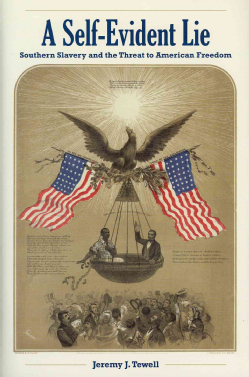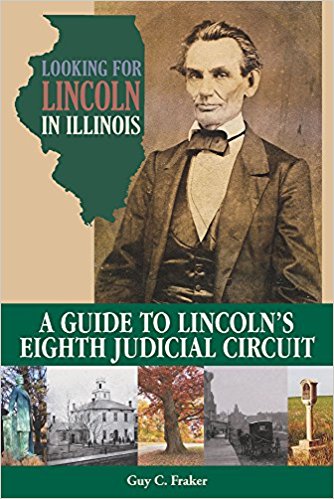The battle of New Market enjoys a status in that belies its small scale. This is largely due to the drama surrounding the participation of the Virginia Military Institute cadets. While the cadets are celebrated for their actions, historians often cast Union General Franz Sigel as an incompetent buffoon who missed a golden opportunity to sweep Confederate forces from the Shenandoah Valley in the days leading up to the battle. As a 1983 graduate of VMI, David A. Powell knows the story of the cadet’s actions at New Market very well. Rather than focusing on this well-covered subject, however, Powell’s study brings Franz Sigel’s role in the campaign to the forefront, placing his actions and decisions in the broader context of Union grand strategy and command structure.
Powell asserts that assumptions at the highest level of Union command hamstrung Sigel from the very beginning of his campaign. When Ulysses S. Grant rose to the rank of lieutenant general, he devised a grand strategy calling for coordinated military activity on several fronts; he did not envision Sigel leading one of the forces that would “hold a leg” while the Army of the Potomac attempted to “skin” Robert E. Lee’s Army of Northern Virginia. Despite his mixed record leading troops at Wilson’s Creek and Pea Ridge, Sigel was chosen to lead the Department of West Virginia to shore up the support of German American voters in a crucial election year.
Grant’s plan for the Shenandoah Valley called for a pincer movement on Staunton, the home of warehouses full of food and other war materiel that supported Lee’s army. Major General George Crook would leave his base at Charleston, West Virginia, with the goal of destroying the New River Bridge near Dublin, Virginia. He would then head northeast toward Staunton and a rendezvous with Sigel’s force, which would move from up the Valley from Winchester toward Staunton.
According to Powell, Grant made things difficult for Sigel by providing an unrealistic timeline for the offensive. Sigel assumed command of the Department of West Virginia on March 10. On the 29th, he received orders from Grant to begin his offensive within ten days. Grant was unfamiliar with the terrain in the region and underestimated the manpower necessary to successfully complete his plan. When Sigel took command of the department, most of his troops were scattered along the Baltimore & Ohio Railroad and other areas to protect his supply lines from Confederate guerrillas. These units lacked discipline, combat experience, and proper training for mass offensive operations.
Grant caused further difficulties by calling for a third column to move from Beverly, West Virginia, and threaten Staunton from the northwest. Grant chose Maj. Gen. E.O.C. Ord, his original preference for Sigel’s position, to lead this column, which drew more troops from Sigel’s force and invited tension in the command structure. Ultimately, Ord would balk at serving under Sigel and successfully requested a transfer from the department within two weeks of his arrival. Grant canceled his third column; Powell notes that the two weeks of shifting troops back and forth from Beverly could have been used for much needed drill and training.
Powell’s greatest contribution to a deeper understanding of the May 1864 campaign is his emphasis on Crook’s expedition as a key part of Grant’s plan. Sigel’s slow advance toward New Market after reaching Woodstock—often criticized by historians—makes more sense in this broader context. By advancing slowly, Sigel was drawing Confederate troops away from Staunton, thus making Crook’s task in reaching it that much easier. Crook’s questionable decision to abandon his push to Staunton after temporarily destroying the New River Bridge made Sigel’s caution appear less defensible, but Sigel was unaware that Crook had changed his plans.
Powell’s analysis allows for a greater appreciation of the challenges Sigel faced during the campaign, but he does not exonerate the general. Sigel’s reliance on Col. Augustus Moor and Maj. Gen. Julius Stahel, who ignored Sigel’s orders to pull back from New Market on the morning of May 15, suggests his questionable judgment. His hodgepodge assigning of units—ignoring the established chain of command—led to confusion on the battlefield. Powell observes that by ordering a counter-charge with shaky, inexperienced troops at a key point during the battle of New Market, Sigel had lost sight of the broader strategic goal of avoiding a catastrophic loss to keep Confederate troops occupied on the field and away from Crook’s planned advance on Staunton.
Union Command Failure in the Shenandoah provides a fresh perspective on the May 1864 Shenandoah Valley campaign. By shifting attention away from the VMI cadets to the Union military’s strategic goals and command structure, Powell adds nuance and depth to a well-studied campaign.
Jonathan M. Berkey is Professor of History at Concord University.





